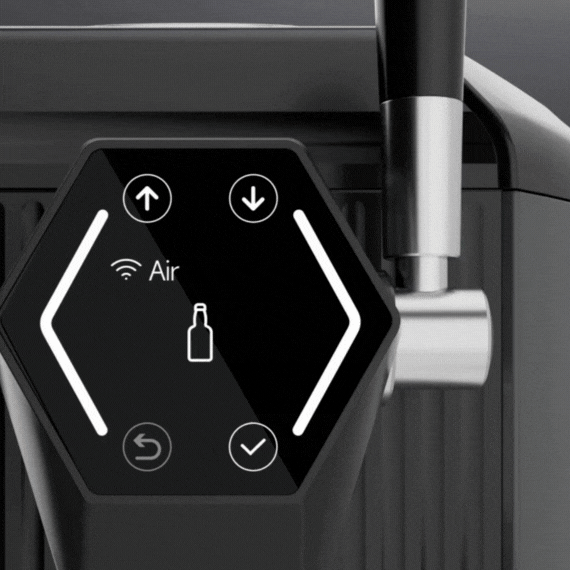
ACCESORIOS
Filters
Características
Más vendidos
Alfabéticamente, A-Z
Alfabéticamente, Z-A
Precio, menor a mayor
Precio, mayor a menor
Fecha: antiguo(a) a reciente
Fecha: reciente a antiguo(a)
iGulu Home Brew Pressure Bottle Set of 2
Precio regular
$39.99 USD
Precio de venta
$39.99 USD
Precio regular
Precio unitario
/
Transfer your brews from keg to bottle without sacrificing flavor. This equal-pressure bottle set ensures...
Tanque de fermentación iGulu F1
Precio regular
$59.99 USD
Precio de venta
$59.99 USD
Precio regular
Precio unitario
/
Precisión cristalina : el tanque de fermentación de vidrio iGulu F1 ofrece la claridad que...
iGulu Brewing Accessory Kit
Precio regular
$29.99 USD
Precio de venta
$29.99 USD
Precio regular
Precio unitario
/
The iGulu Accessory Kit contains items required to keep the F1 Automated Home Craft Beer...
iGulu Master Mode Premium Card
Precio regular
$100.00 USD
Precio de venta
$100.00 USD
Precio regular
Precio unitario
/
Take full control of your brew. The Master Mode Card unlocks advanced brewing capabilities on...
Ordenar por
- Características
- Más vendidos
- Alfabéticamente, A-Z
- Alfabéticamente, Z-A
- Precio, menor a mayor
- Precio, mayor a menor
- Fecha: antiguo(a) a reciente
- Fecha: reciente a antiguo(a)










